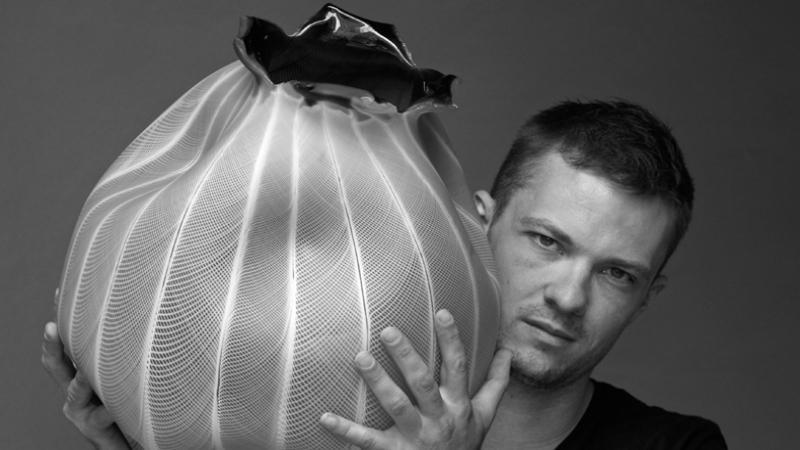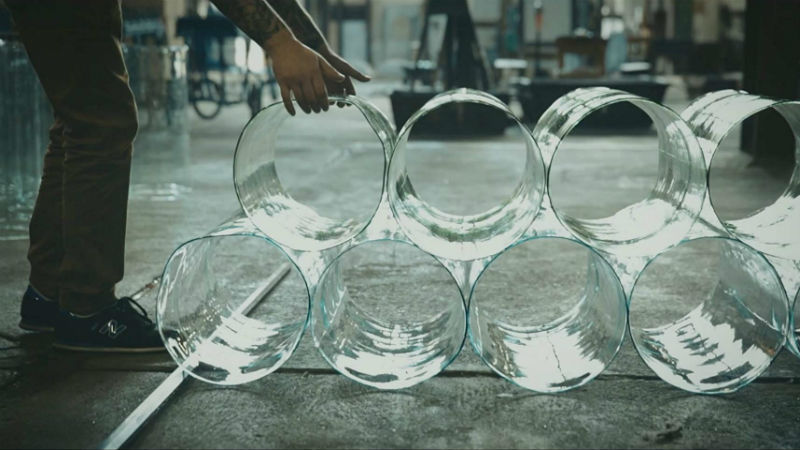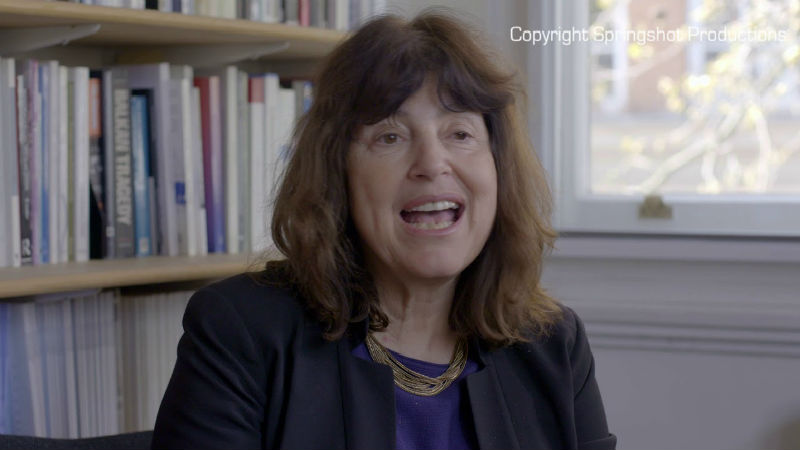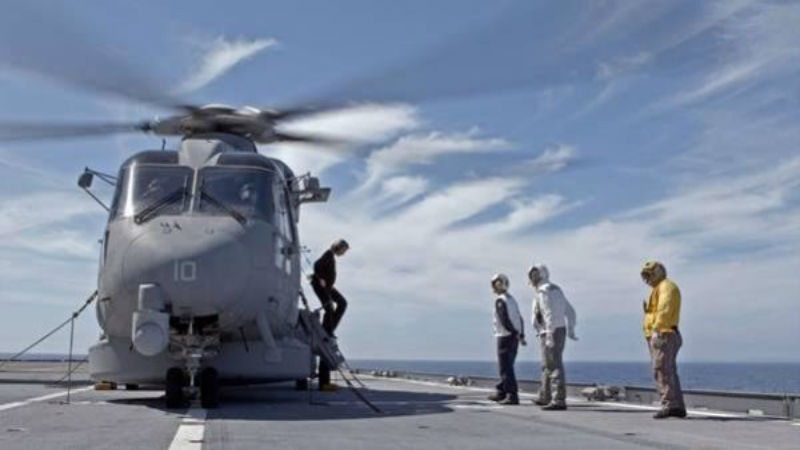They’ve chosen to name this work Heart of Glass, which evokes the existence of two widely-rcognised projects, the first typified from Joseph Conrad’s prose detailing the descent from maddening stance to madness, the other Blondie’s greatest song, one of the few New Wave records that sounds more contemporary with age. This Heart of Glass, on the other hand, shows how passionate work can saves lives and challenge the human experience in entirely novel ways, in the hands glass artist Jeremy Maxwell Wintrebert.

An anthology of antiquated photographs fading into one another, combined with European locations shot with little care for lighting open the film, lending it a “homemade” texture. While the photos are undeserving of the artist’s words, an opening speech about his parents early adult lives is a strangely affecting moment.
The wordery and passion behind Jeremy Wintrebert’s quest for glass gladly guides the viewer into his personal vicinity. He talks longingly of the way glass changes, divulging dignity to the daring and learned manners of over 300 years of craftsmanship.
Trip-hop electronica artist Cyesm makes a perfect prescient performance, a self described melder of “Contemporary Electronic Symphony”. The way these dirty sounds come together, clash and meld is intoxicating, easily the highest point of the film, bringing the industriousness in and around the factory workers gearing glass. Mystic in musical mystery, the electronic beats become integral to the montages it inhabits, mirth in metallic demonstration, cerebral in careful, clear comely chosen keys.

It is to the film’s luck that its two greatest facets happen to be 1) the talking heads ravelling the maddening surroundings of their livelihoods and the change of it; and 2) Cyesm’s vast and visceral electronic score, played to its full glory over a collection of end credits of wonderful imagery with welded factory choreography giving the film that sense of directorial flair audience members have sat through 71 minutes to watch.
Together, a compelling lead and an excellent score make this documentary a commendable watch!
Heart of Glass is available on all major VoD platforms on Monday, November 12th. It is part of the Walk This WAy collection.










